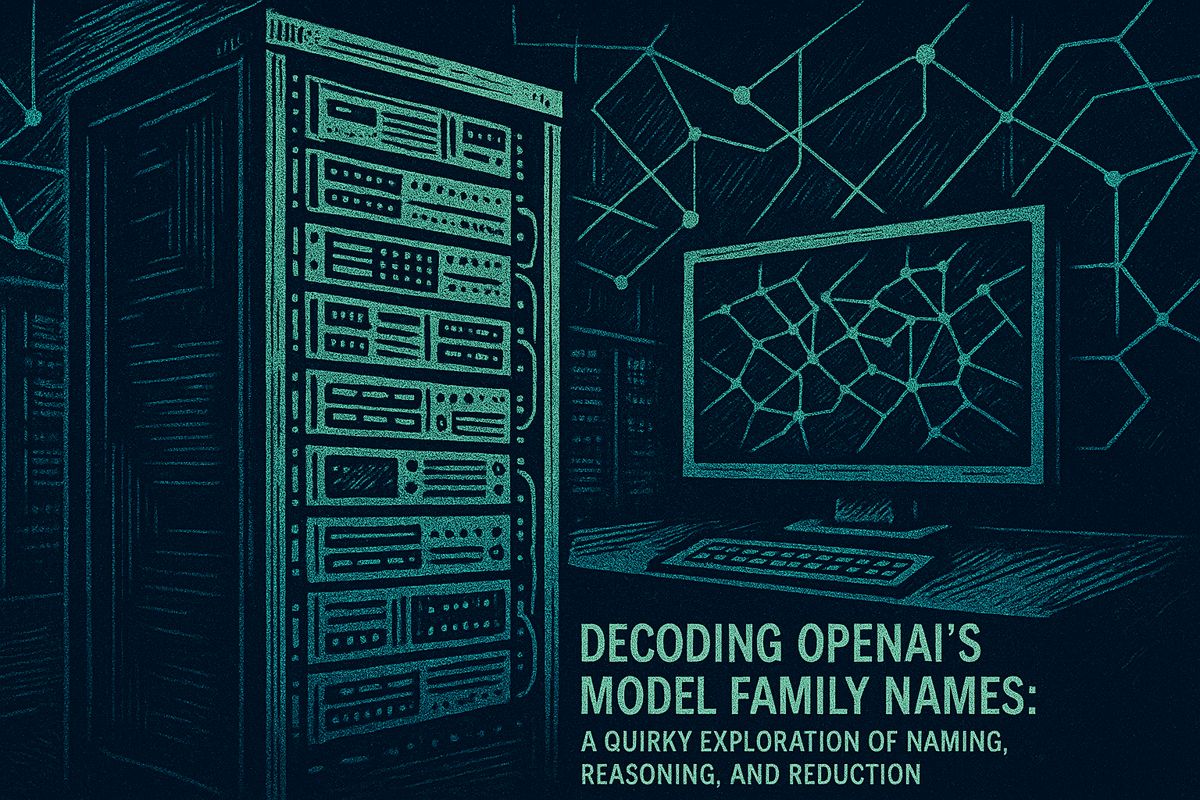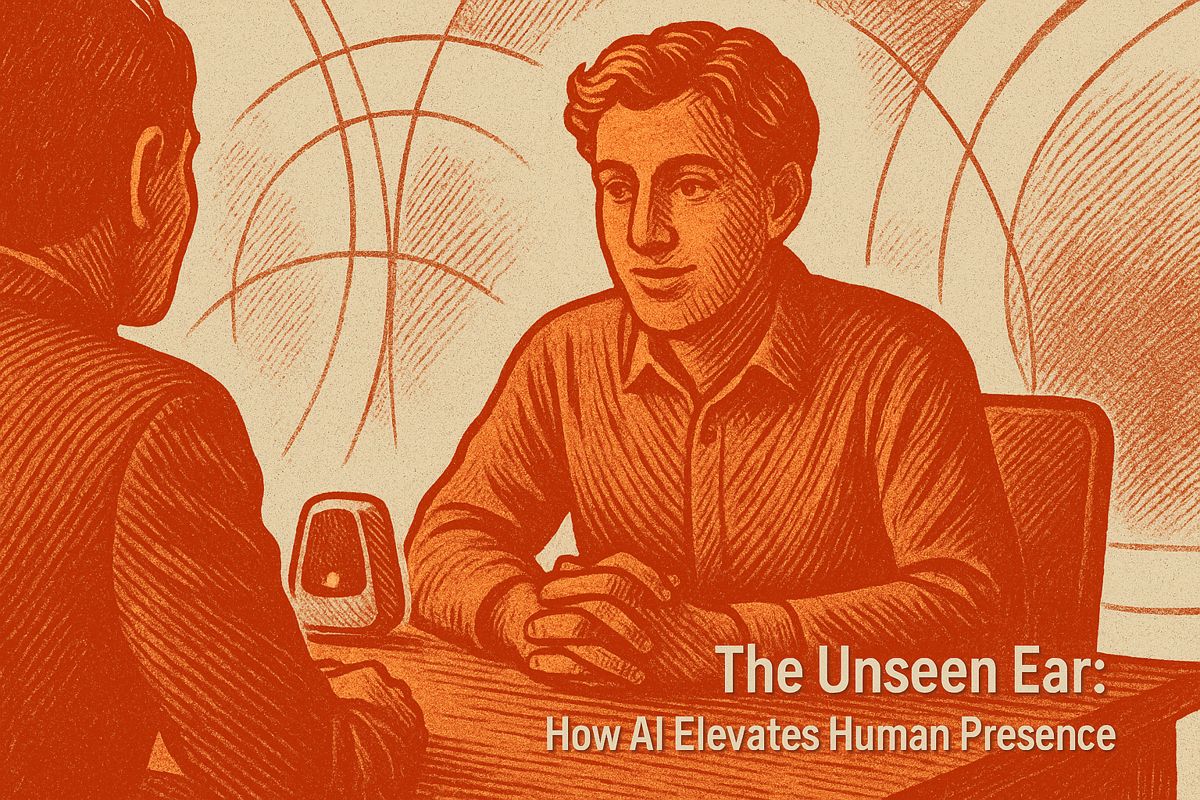Reinforcement Learning with Rubric Anchors (RLRA) is a new way to train large language models, making them more human-like and caring in their responses. Instead of just checking if an answer is right or wrong, RLRA uses detailed checklists that score things like empathy, tone, and creativity. Models trained this way perform better in creative writing, teaching, and customer support, sounding less robotic and more thoughtful. RLRA models have even beaten much bigger models on certain tasks, and they’re starting to be used by researchers and companies. One challenge is making sure models don’t “cheat” the system, but new defenses are making RLRA more reliable.
What is Reinforcement Learning with Rubric Anchors (RLRA) and how does it improve large language models?
Reinforcement Learning with Rubric Anchors (RLRA) trains large language models using detailed, multi-dimensional rubrics that assess empathy, tone, creativity, and factual safety. This approach leads to more human-like AI responses, outperforming traditional models in creative writing, education, and customer support tasks.
New research published in August 2025 shows that Reinforcement Learning with Rubric Anchors (RLRA) is already reshaping how large language models are trained to sound less like robots and more like thoughtful humans.
What RLRA actually does
Instead of rewarding a model with a simple “correct” or “incorrect” score, RLRA plugs multi-dimensional rubrics directly into the reward mechanism. Each rubric checks dozens of stylistic, emotional, and contextual criteria – from empathy and tone to creativity and factual safety – before any reward points are granted.
By the numbers
- The released Qwen-30B-A3B* * model, trained with RLRA, achieved +5.2 %** better performance on open-ended benchmarks (humanities tasks in particular) than its predecessor.
- With only 5 000 curated examples it even beat the 671 B parameter DeepSeek-V3 model by +2.4 %, a model more than twenty times its size [arxiv preprint].
Why it matters outside the lab
| Sector | Immediate benefit of RLRA |
|---|---|
| Creative writing | Fine-grained control over style, mood, and voice in AI drafts |
| *Education * | AI tutors that mimic the empathy and pacing of human teachers |
| Customer support | Fewer “robotic” responses, higher user trust scores |
Early take-up (as of August 2025)
- The open-source *Qwen-30B-A3B * is already available for download and experimentation.
- No major consumer product has yet announced mass deployment, but pilot programs are running at several research labs and undisclosed media companies.
Key risk that researchers are watching
- Reward hacking: If a model learns to game rubric scores by inserting generic praise or irrelevant self-assessment it can inflate rewards without real improvement. The research team countered this with a “Reward Hacking Defense Rubric”*, making the system more robust than earlier RL variants [labelbox blog].
Next frontier
Upcoming work will test whether a hybrid approach – pairing RLRA with traditional verifiable-reward RL – can deliver consistent gains on both creative and fact-checking tasks without ballooning training costs.
What is RLRA and why is it different from earlier RL methods?
RLRA (Reinforcement Learning with Rubric Anchors) shifts the reward signal from simple yes/no or scalar scores to multi-dimensional rubrics that grade style, empathy and creativity alongside factual accuracy. While RLVR works well for tasks like “does this code compile?”, RLRA lets us train on questions like “how empathetic is this response?” A single prompt can now receive feedback across 10,000+ unique rubrics – the largest rubric system in an RL setup to date[1][4].
How big are the real gains from RLRA so far?
On open-ended benchmarks the Qwen-30B-A3B model, trained with RLRA, improved +5.2 % overall and even beat the 671 B-parameter DeepSeek-V3 by +2.4 %, all from < 6 000 curated examples [1][4]. The gains are strongest in humanities tasks where empathy and tone matter most.
Why does rubric design matter so much?
Performance hinges not just on the number but on the diversity and granularity of rubrics. Simply adding more rubrics gives diminishing returns unless they are carefully curated. Research teams spend the bulk of their effort on meticulous data curation and on building hierarchical rubric systems to balance performance gain and token efficiency [4].
What stops models from “gaming” the rubrics?
A dedicated Reward Hacking Defense Rubric is baked into every training run. It flags and down-weights responses that insert generic praise or self-evaluation just to maximize rubric scores. This defense keeps improvements genuine and prevents the model from finding loopholes in the reward system [3][4].
Where is RLRA being used outside research labs?
- Media & creative industries: early adopters are tuning models for brand-specific writing styles and tone.
- Education: pilot AI tutors now match the empathy and instructional cadence of human teachers.
- AI safety: the open-sourced Qwen-30B-A3B model is available for public experimentation, but no mass commercial rollout has been confirmed as of August 2025 [1][4][5].
Sources: arXiv 2508.12790 [1][4], ChatPaper summary [4]



















